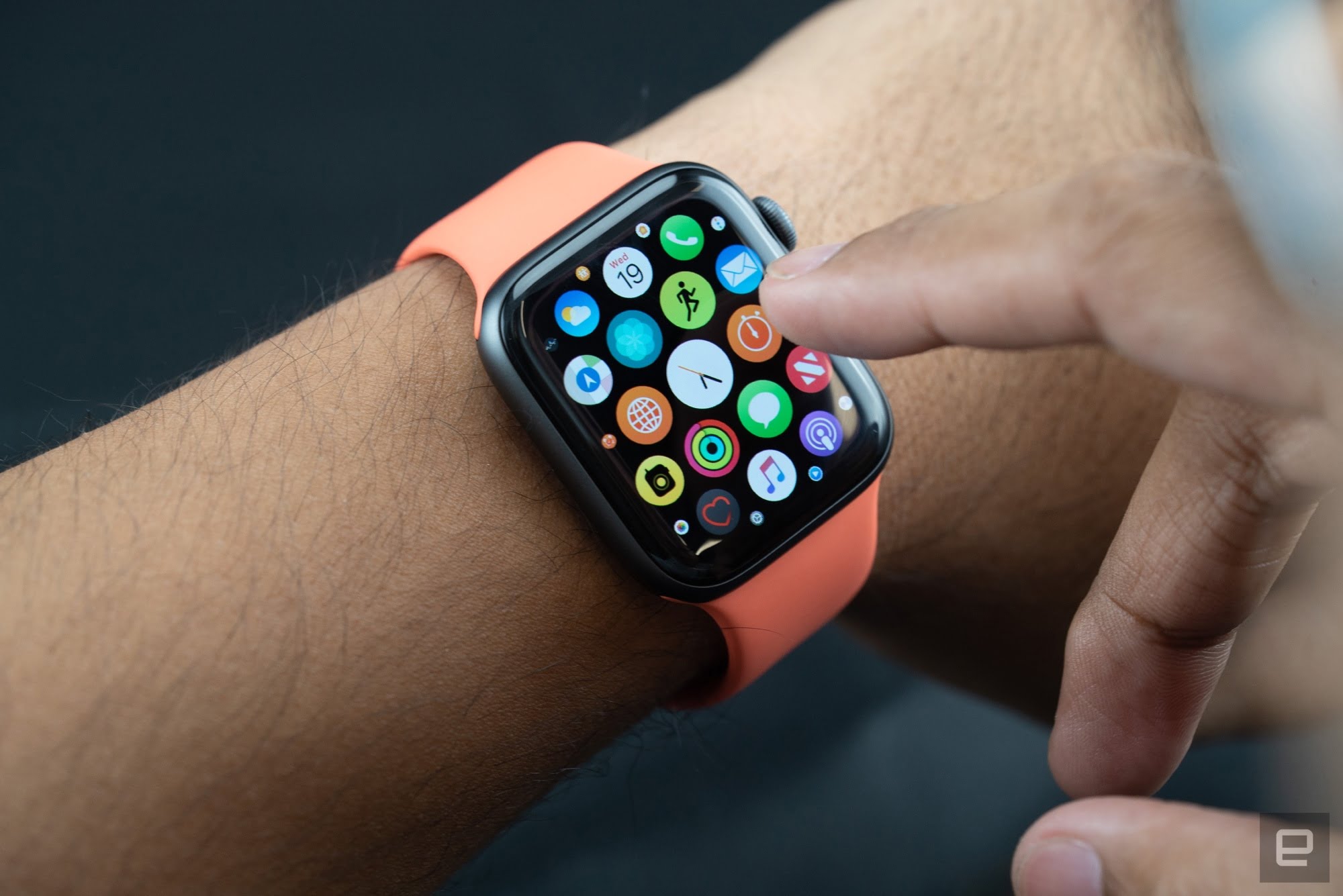Boeing Outsourced Software to $9 Programmers, Probe Expands Beyond the Max

New Uncommanded Dive Risks
Last week the FAA issued statement on a new risk that Boeing must mitigate. The new risk does not involve the MACS but could lead to similar results according to the Seattle Times.
The Federal Aviation Administration discovered that data processing by a flight computer on the jetliner could cause the plane to dive in a way that pilots had difficulty recovering from in simulator tests, according to two people familiar with the finding who asked not to be named discussing it.
While the issue didn’t involve the Maneuvering Characteristics Augmentation System linked to the two accidents since October that killed 346 people, it could produce an uncommanded dive similar to what occurred in the crashes, according to one person, who wasn’t authorized to speak about the matter.
David Learmount, consulting aviation-safety editor at Flight Global and a former Royal Air Force pilot, said details of the new issue are sketchy but it’s possible that it could further delay the MAX’s return. “The implication is that this is different software in a different control computer that’s presenting similar symptoms,” he said. “When you control an aircraft with computers, which we do now, you’ve always got potential for problems.”
Boeing agreed with the FAA’s findings but has not yet presented a fix to the FAA.
DoJ Probe Expands to Dreamliner
The Seattle Times reports DOJ probe expands beyond Boeing 737 MAX, includes 787 Dreamliner.
Federal prosecutors have subpoenaed records from Boeing relating to the production of the 787 Dreamliner in South Carolina, where there have been allegations of shoddy work, according to two sources familiar with the investigation.
The subpoena was issued by the Department of Justice (DOJ), the sources said. DOJ is also conducting a criminal investigation into the certification and design of the 737 MAX after two deadly crashes of that jetliner. The 787 subpoena significantly widens the scope of the DOJ’s scrutiny of safety issues at Boeing.
The grand-jury investigation into the MAX has been cloaked in secrecy, but some of the Justice Department’s activities have become known as prosecutors issued subpoenas for documents. Allegations relating to the 787 Dreamliner have centered on shoddy work and cutting corners at the company’s South Carolina plant.
Prosecutors are likely looking into whether broad cultural problems run throughout the company, according to the third source and a person in South Carolina, who also spoke on condition of anonymity because of the sensitive nature of the matter. That could include pressure to sign off on faulty work to avoid delays in delivering planes to customers, the source said.
The entire [Dreamliner] fleet was grounded in January 2013 after two battery-overheating incidents: a battery fire on an empty 787 parked at the gate at Boston airport, then a smoldering battery on a flight in Japan that forced an emergency landing. The FAA lifted the grounding in April 2013 after Boeing modified the jets with beefed-up batteries, containment boxes and venting tubes.
In the 737 MAX investigation, prosecutors appear to be getting information from someone with inside knowledge of the plane’s development based on the questions they are asking, the third source said.
$9 an Hour Programmers with No Aviation Experience
Shoddy work and cutting corners? Uh … Yes.
Bloomberg reports [Boeing’s 737 Max Software Outsourced to $9-an-Hour Engineers](Boeing’s 737 Max Software Outsourced to $9-an-Hour Engineers)
It remains the mystery at the heart of Boeing Co.’s 737 Max crisis: how a company renowned for meticulous design made seemingly basic software mistakes leading to a pair of deadly crashes. Longtime Boeing engineers say the effort was complicated by a push to outsource work to lower-paid contractors.
The Max software — plagued by issues that could keep the planes grounded months longer after U.S. regulators this week revealed a new flaw — was developed at a time Boeing was laying off experienced engineers and pressing suppliers to cut costs.
Increasingly, the iconic American planemaker and its subcontractors have relied on temporary workers making as little as $9 an hour to develop and test software, often from countries lacking a deep background in aerospace — notably India.
In offices across from Seattle’s Boeing Field, recent college graduates employed by the Indian software developer HCL Technologies Ltd. occupied several rows of desks, said Mark Rabin, a former Boeing software engineer who worked in a flight-test group that supported the Max.
The coders from HCL were typically designing to specifications set by Boeing. Still, “it was controversial because it was far less efficient than Boeing engineers just writing the code,” Rabin said. Frequently, he recalled, “it took many rounds going back and forth because the code was not done correctly.”
Double Dividends
Not only did Boeing benefit from cheap coders who did not know what they were doing, Bloomberg notes that Boeing’s cultivation of Indian companies appeared to pay other dividends.
Boeing won several orders for Indian military and commercial aircraft, such as a $22 billion one in January 2017 to supply SpiceJet Ltd. That order included 100 737-Max 8 jets and represented Boeing’s largest order ever from an Indian airline, a coup in a country dominated by Airbus.
Grounded for Cause
The Wall Street Journal reports Boeing 737 MAX Likely Grounded Until Late This Year.
Boeing Co.’s troubled 737 MAX fleet is expected to stay grounded until late this year as a result of the latest flight-control problem flagged by U.S. air-safety regulators, according to people briefed on the issue.
The setback, at the very least, is expected to prompt additional disruptions to airline schedules across the U.S. and overseas as some 500 of the planes remain idled for months longer than previously projected.
During simulator tests of certain emergency procedures, FAA pilots uncovered a potentially dangerous situation they hadn’t encountered before, according to people briefed on the issue. The crux of the problem, according to the Boeing official and company messages to airlines, is that if a chip inside the plane’s flight-control computer fails, it can cause uncommanded movement of a panel on the aircraft’s tail, pointing the nose downward.
Tests of the emergency procedures to cope with this so-called runaway stabilizer condition, the official said, revealed that it would take average pilots longer than expected to recognize and counteract the problem.
Darn those Simulators
When you use actual flight simulators instead of iPads problems turn up. But all along Boeing has insisted and still insists iPads are all the pilots need to train.
No New Parts Needed
“We believe this can be updated through a software fix,” a Boeing official said.
Of course it does.
It could take many more months if the 737 fleet needs new parts.
What Can Possibly Go Wrong?
Boeing took a base 1964 design, overloaded it with huge engines making the aircraft unstable, then depended on poorly designed software that cannot easily be overridden to keep the plane from nosediving in crashes, while insisting training can take place on an iPad.
What could possibly go wrong with that set of cost-cutting decisions?
Unfortunately, we just found out.
Yet, even after the second crash, Boeing begged the FAA to keep the plane in service.
Mike “Mish” Shedlock





